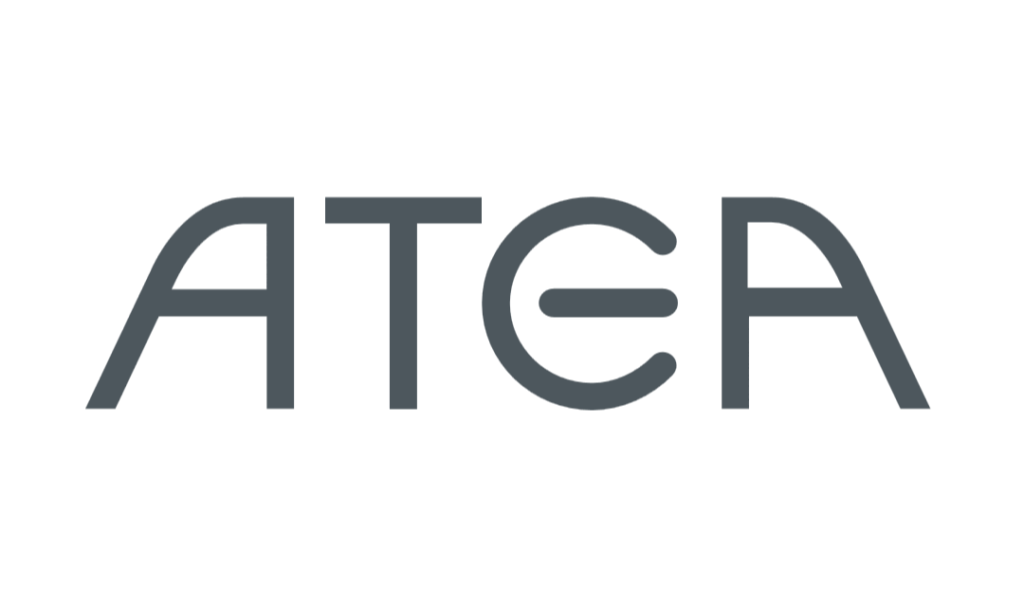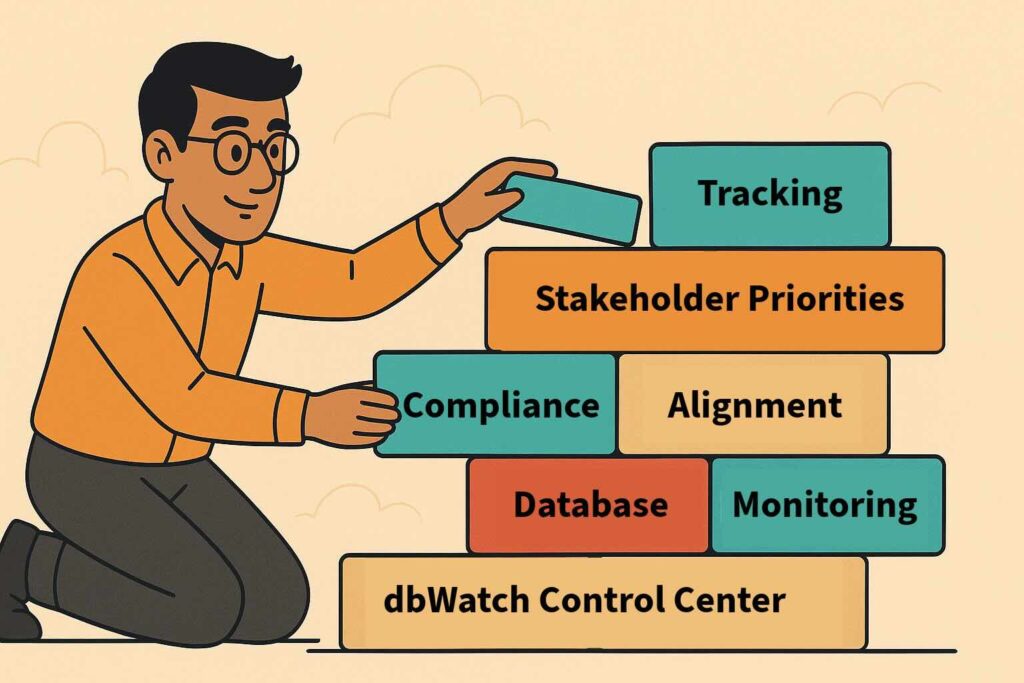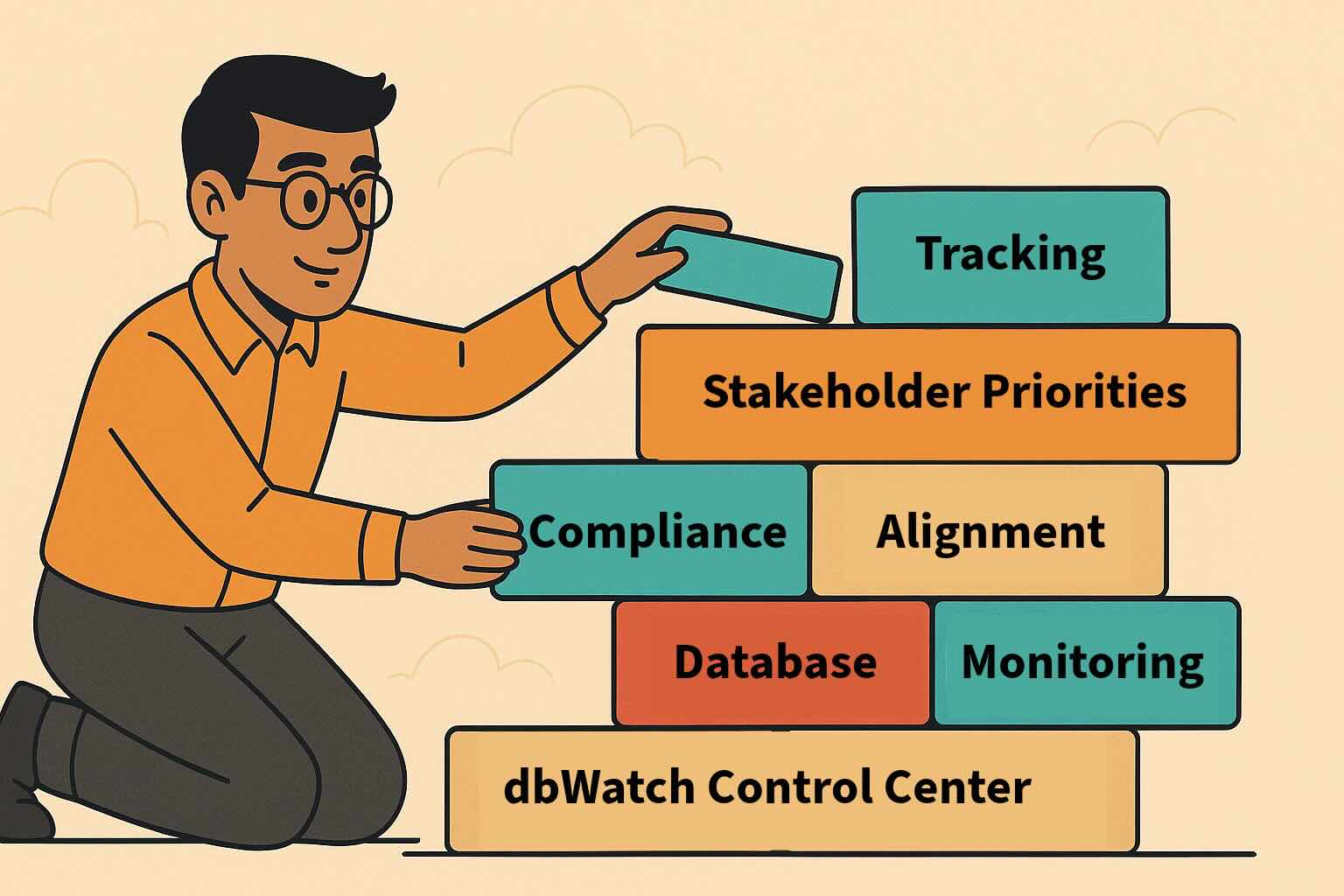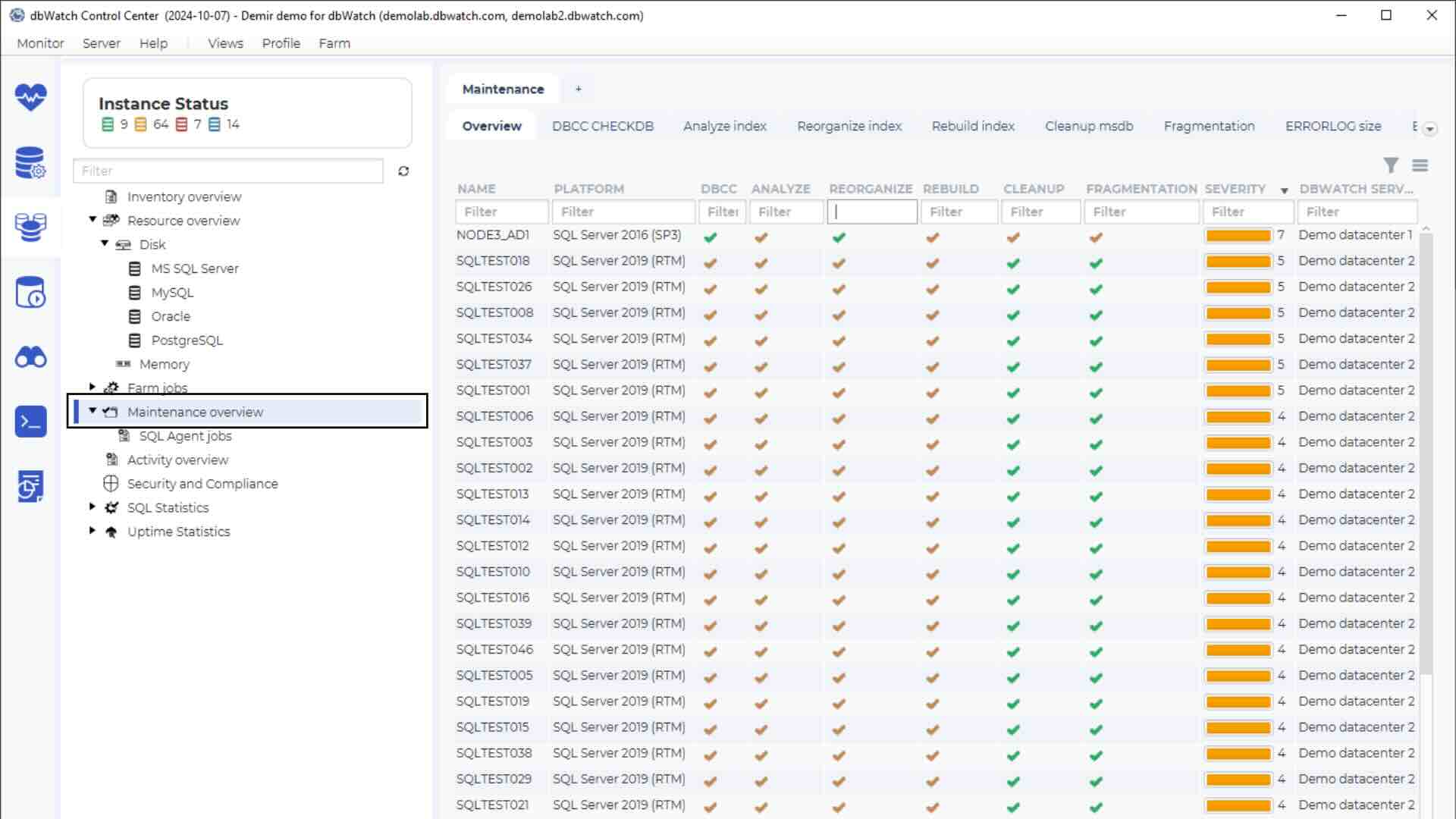Modern businesses of all sizes rely on large and scalable databases for the smooth running of their IT systems. From logging transactions and stock levels, to providing staff logins and sharing information throughout a business, databases and their associated server farms provide essential functions for organisation in every industry.
But, as more and more business is conducted online, and as every business moves to digital storage and transmission of data, those databases and serverfarms are growing larger than ever. Because of continued expansion, many server administrators and IT managers are finding that their servers and database management tools can no longer keep up with demand, and that their business has outgrown their hardware.
Here are four signs that you might have outgrown your business’ database tools and infrastructure:
Poor Performance
A key indicator of a database that has been outgrown is poor performance for the system’s users.
Whether it’s resulting from a lack of storage, inadequate hardware, slow connections or a lack of proper maintenance and management, a poorly performing database system can negatively affect almost every aspect of your business. With applications performing poorly and users unable to access what they need when they need it, your business could be running inefficiently, leading to lost business and wasted money.
While a scalable serverfarm can help to alleviate some of the strain, you can also look to management and monitoring tools to track down and analyse performance issues and to better maintain your services.
Too Many Tools
If your morning starts with logging into multiple database tools – say more than four – it could be a sign that it’s time to clean up your server environment and make use of tools specifically designed for a system of your size.
While multiple tools may work on small numbers of instances, larger systems can often benefit from tools that scale with them – avoiding a duplication of data and effort as well as cutting down on licensing costs and staff training time.
Slow Reporting Performance
If you dread running reports and auditing your systems, or often find yourself running reports overnight to avoid system downtime or busy periods, it might be time to think about improving your database systems and tools.
Getting accurate data quickly is vital for many business, and having access to reports on demand can mean the difference between making or losing a lot of money. And while some database monitoring and reporting tools can cope well with small numbers of instances, as your database and server numbers grow you may need to invest in new scalable services and infrastructure.
High IT Costs
Another sign that your business might be running an inadequate database system is if your IT maintenance costs have risen significantly.
As databases and their servers grow, they often require more maintenance and the use of specialised tools to help keep them running smoothly. If your DBA is facing a daily battle to keep your business online and has had to resort to patches and quick fixes over a strategic plan for expansion, it might be time to make a proper investment into your infrastructure.
Taking the time and money to create a stable, scalable and large-enough system for your business can save all of your staff many headaches down the line – and spiralling costs and a beaten-down DBA team are sure signs that you need to take action.
You can also potentially cut your IT costs by working to consolidate your servers and by ensuring that you’re making use of the correct software licences. Many businesses can keep costs down by using the right sized licences, making sure that they aren’t paying for something that they don’t need or don’t actually use.
Keeping your database and server instances an appropriate scale for your business, and keeping them running smoothly, is essential in today’s data-driven world. With the help of scalable tools, proper planning, and investment in the correct services, your system can continue to grow with your to support your business for years to come.
Start managing your databases with dbWatch, register for a free trial today.












